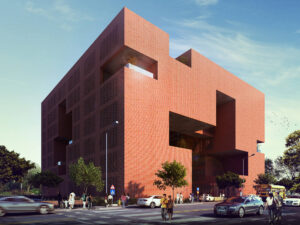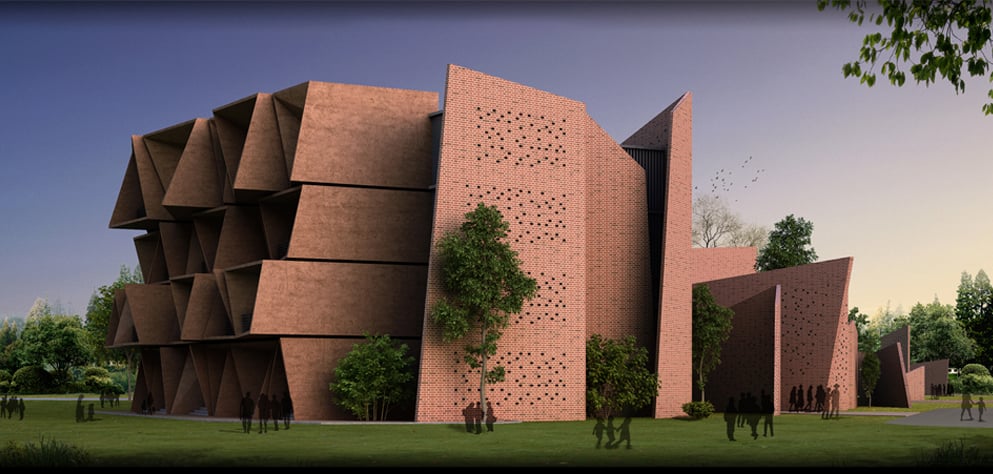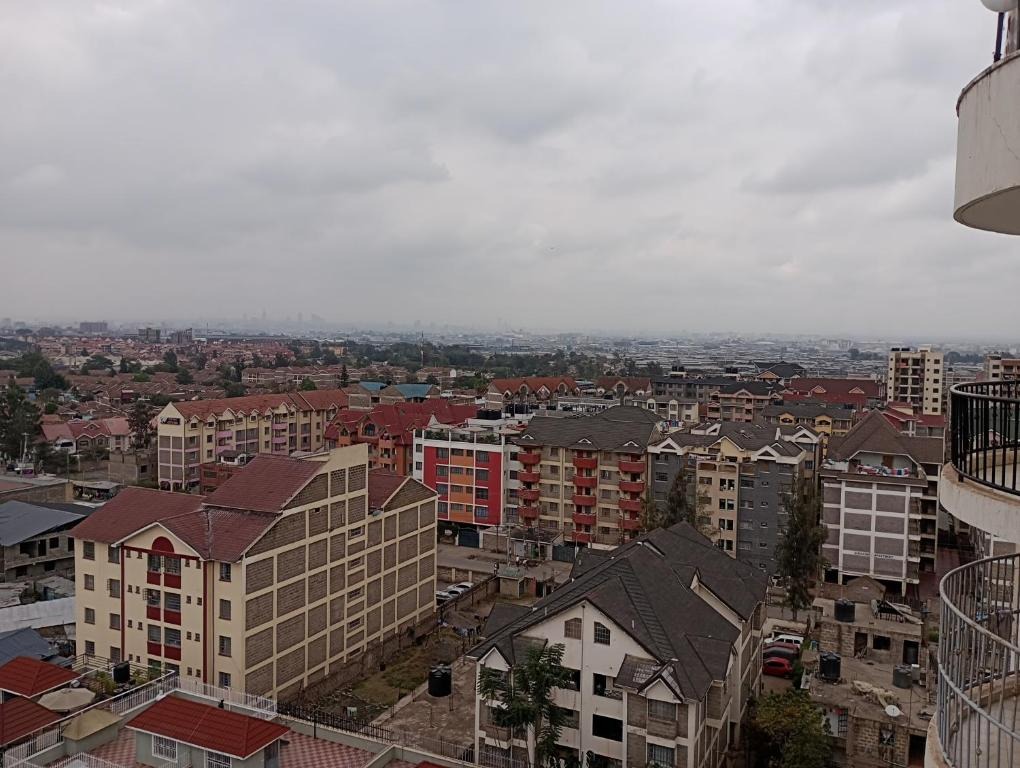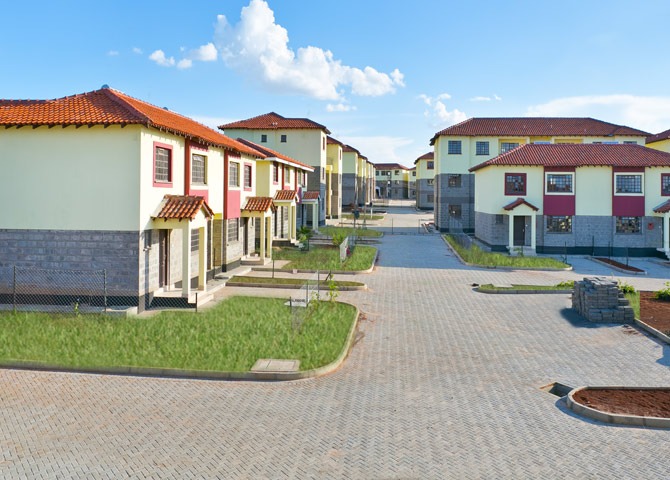
Climate change presents one of the most significant challenges of our time, with its effects becoming increasingly evident through more frequent and severe natural disasters. In this context, disaster resilience in real estate has emerged as a critical focus, aiming to build structures that can withstand these changes and contribute to broader climate change adaptation and mitigation efforts. This article explores how the real estate industry is evolving to address these pressing concerns, highlighting strategies, technologies, and policies that promote resilience.
The Imperative for Climate-Responsive Design

As the impacts of climate change intensify, the need for climate-responsive design in real estate has never been more urgent. This approach involves designing buildings and infrastructure that can adapt to changing climatic conditions, reduce greenhouse gas emissions, and minimize environmental footprints. Climate-responsive design not only enhances the durability and sustainability of properties but also contributes to the overall resilience of communities.
Strategies for Building Resilience
Several strategies are being employed to enhance disaster resilience in real estate. These strategies span from building design and materials to broader urban planning and policy initiatives.
Robust Building Design and Materials:
Modern construction practices emphasize the use of resilient materials and design principles that can withstand extreme weather events. For example, flood-resistant foundations, hurricane-proof windows, and fire-resistant materials are increasingly being integrated into new developments. These features not only protect buildings but also reduce the long-term costs associated with disaster damage and recovery.
Sustainable and Energy-Efficient Buildings:
Sustainable building practices, such as using renewable energy sources, improving energy efficiency, and incorporating green roofs and walls, contribute to resilience by reducing reliance on external power sources and mitigating heat island effects. Energy-efficient buildings are better equipped to maintain critical functions during power outages caused by disasters.
Smart Technology Integration:
The integration of smart technologies in real estate is revolutionizing disaster resilience. Sensors and IoT (Internet of Things) devices can monitor building conditions in real-time, providing early warnings of potential structural issues or environmental hazards. Smart grids and energy storage solutions enhance the resilience of energy systems, ensuring that buildings remain operational during disasters.
Water Management Solutions:
Effective water management is crucial for resilience against floods and droughts. Implementing green infrastructure, such as permeable pavements, rain gardens, and bioswales, helps manage stormwater runoff and reduce flood risks. Additionally, water-efficient fixtures and rainwater harvesting systems can mitigate the impact of droughts.
Urban Planning and Policy Initiatives
Disaster resilience extends beyond individual buildings to encompass entire communities and cities. Urban planning and policy initiatives play a vital role in promoting resilience at a broader scale.
Zoning and Land Use Regulations:
Governments are increasingly implementing zoning and land use regulations that restrict development in high-risk areas, such as floodplains and coastal zones. These regulations ensure that new developments are situated in safer locations, reducing exposure to natural hazards.
Resilient Infrastructure:
Investing in resilient infrastructure, such as elevated roads, robust public transportation systems, and enhanced drainage networks, is essential for ensuring that communities can withstand and recover from disasters. Infrastructure resilience supports the continuity of essential services and the mobility of residents during emergencies.
Community Engagement and Education:
Engaging communities in resilience planning and education is critical for fostering a culture of preparedness. Public awareness campaigns, community drills, and educational programs equip residents with the knowledge and skills needed to respond effectively to disasters.
The Future of Disaster Resilience in Real Estate
The future of disaster resilience in real estate lies in the continuous integration of innovative technologies, sustainable practices, and proactive policies. As climate change accelerates, the real estate industry must remain agile and adaptive, embracing new solutions and strategies to enhance resilience.
Emerging technologies, such as artificial intelligence and machine learning, will play an increasingly important role in predictive analytics and risk assessment. These technologies can analyze vast amounts of data to predict disaster impacts and inform resilience planning.
Moreover, international collaboration and knowledge-sharing will be vital for advancing resilience efforts. By learning from best practices and successful resilience projects around the world, the real estate industry can develop more effective and comprehensive strategies for building climate-resilient communities.
Conclusion

Disaster resilience in real estate is a multifaceted endeavor that requires a combination of innovative design, advanced technologies, robust policies, and community engagement. As the effects of climate change become more pronounced, the real estate industry must prioritize resilience to protect both properties and people. By building for climate change adaptation and mitigation, the industry can contribute to the creation of safer, more sustainable, and resilient communities, ensuring a secure future in the face of environmental uncertainties.







